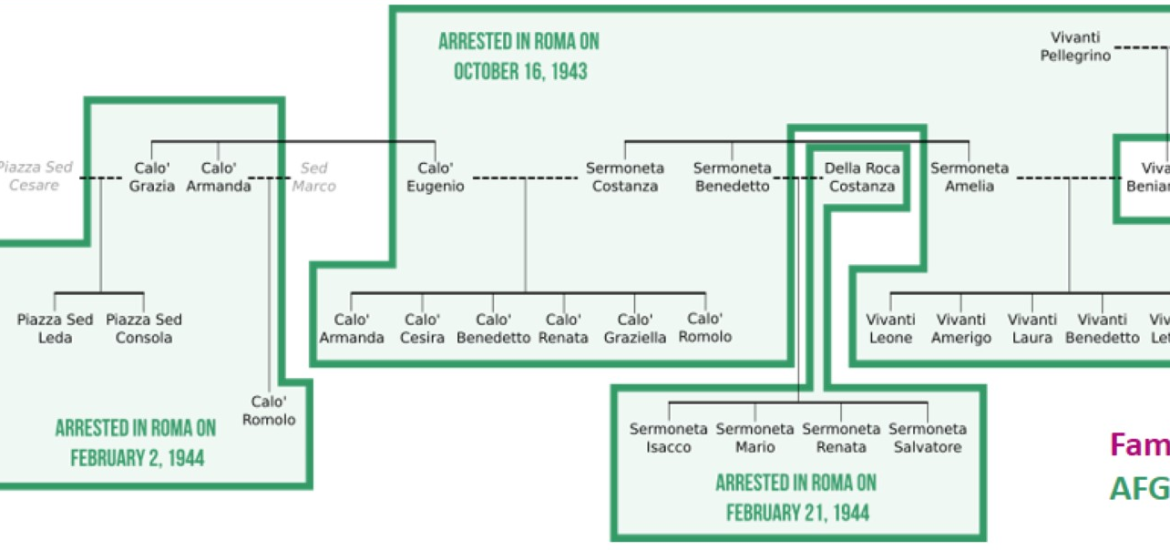Despite the fact that families are specifically targeted by genocide perpetrators, genocide and Holocaust researchers have paid relatively little attention to how patterns of victimization of individuals might differ from those of families. This presentation contributes to the literature by examining Jewish families’ victimization during the Holocaust in Italy from a GIScience and historical geographical perspective. Starting from a large GIS database of individual victims of the Holocaust in Italy, a methodology was devised to identify family groups from individuals’ lists and to determine if and when families were separated. Overall, statistical analysis revealed that some individuals – such as children, Jews born in Italy, those arrested in 1944 or 1945, and those arrested by Italians or by Italians with Germans – were more likely to be separated than others, and that family separations tended to occur in medium or small camps and prisons.
 Loading...
Loading...
This post reproduces the abstract and the slides from a presentation co-authored with Alberto Giordano entitled “Separation of Jewish Families during the Holocaust in Italy” that was presented at the 2016 AAG conference.
